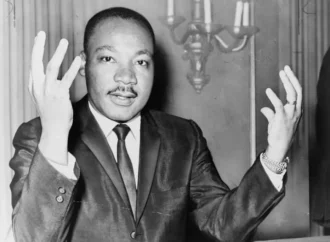Early last week, Alex Tabarrok shared some findings about The New York Times and its reporting. “Many trends develop over decades but I’ve never seen change so rapid as the breathtaking success of what one might call social justice concerns,” he writes.
To illustrate this point, Tabarrok offers some fascinating graphs from Zach Goldberg and David Rozado providing visual representation of the rise of terms such as “social justice,” “hate speech,” and “oppression” in New York Times articles.
Zach Goldberg utilized Lexis Nexis to graph his finds:
David Rozado has also been researching this trend, creating a timeline tool to allow others to do the same.
The charts are truly fascinating and point to a striking rise in terms that are often used by or associated with the social justice movement.
But an important question to ask is whether this rise is solely based on what the New York Times wants to be talking about, based on an internal agenda, or if it has more to do with the growing unrest, pessimism, and polarization in the U.S. over the past several years.
Highlighting the rise of the terms “right wing” and “ultraconservative” compared with the terms “left wing” and “ultraliberal,” Rozado points out that “it sure looks as if they picked a side.”
Given the growing focus on social justice in the U.S., especially among younger generations, it makes sense that the terms surrounding that conversation would appear with increasing frequency in the media. However, the disparity between the use of terms like “ultraconservative” compared to “ultraliberal” makes less sense. That is, unless Rozado is right and the New York Times has picked a side.
















Leave a Comment
Your email address will not be published. Required fields are marked with *